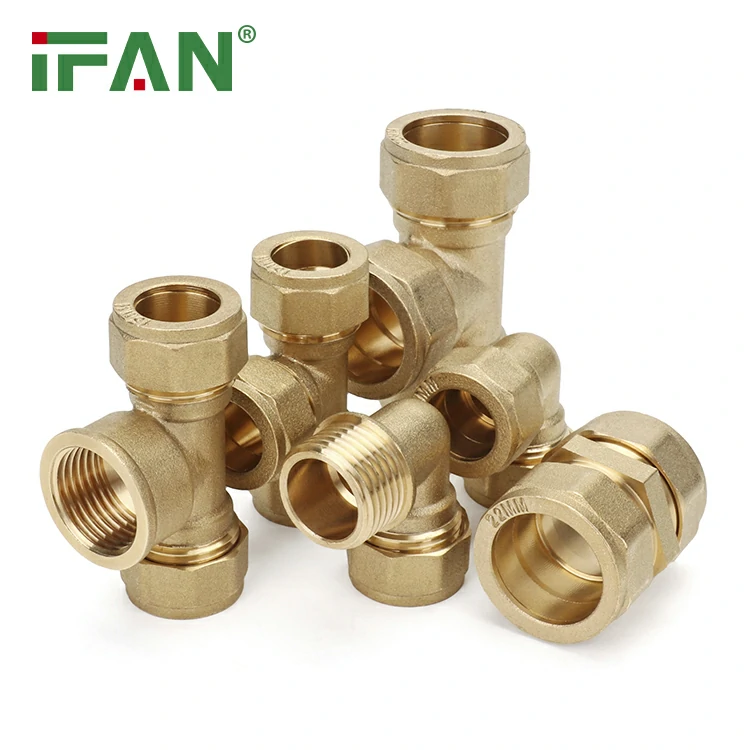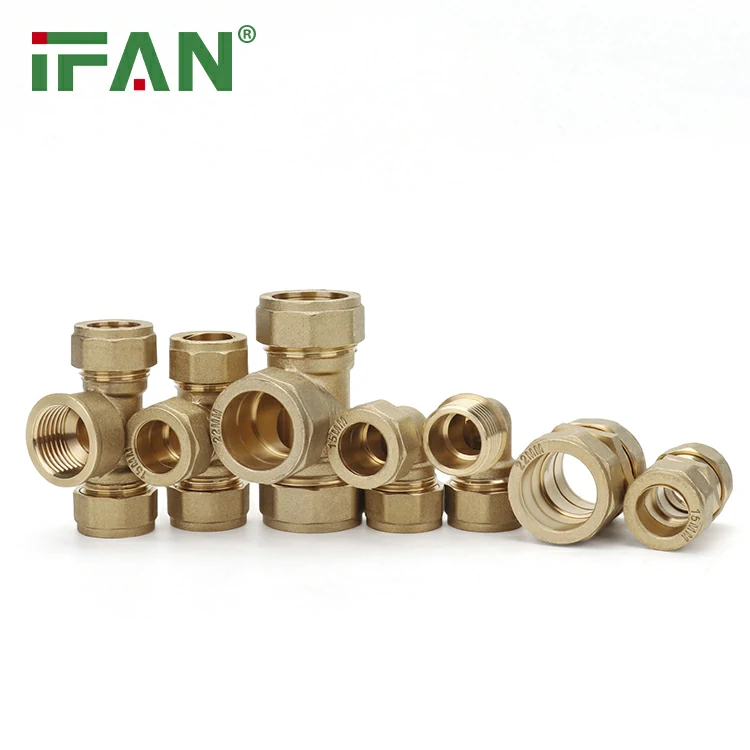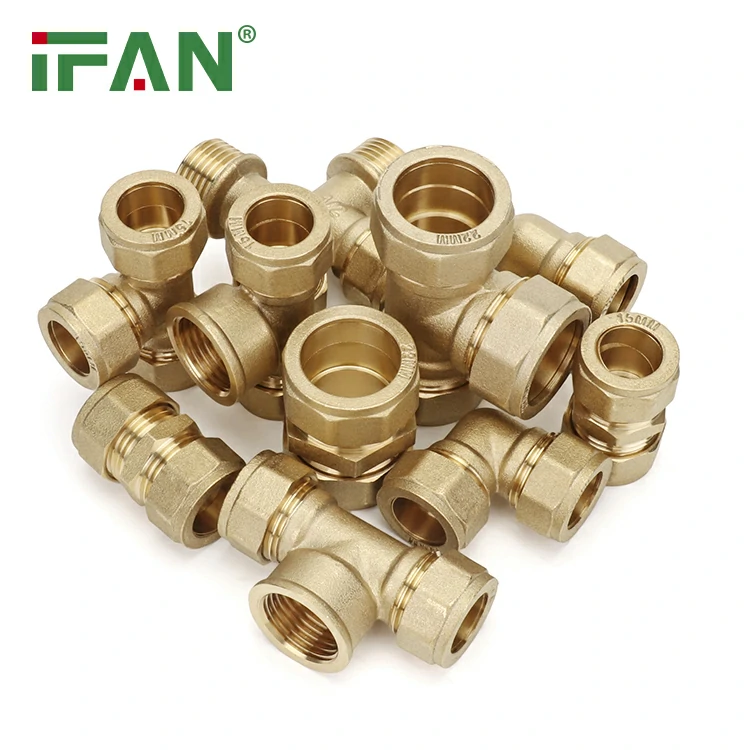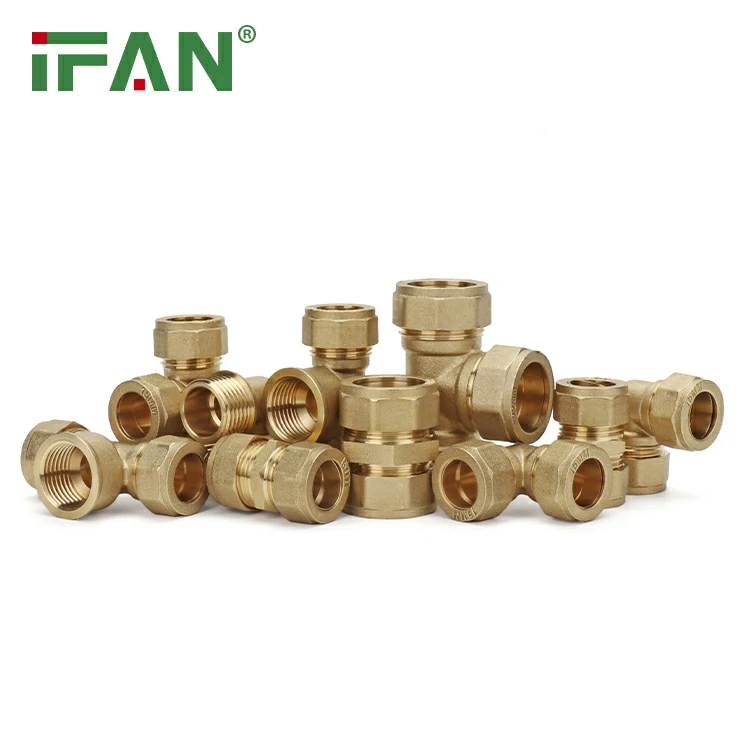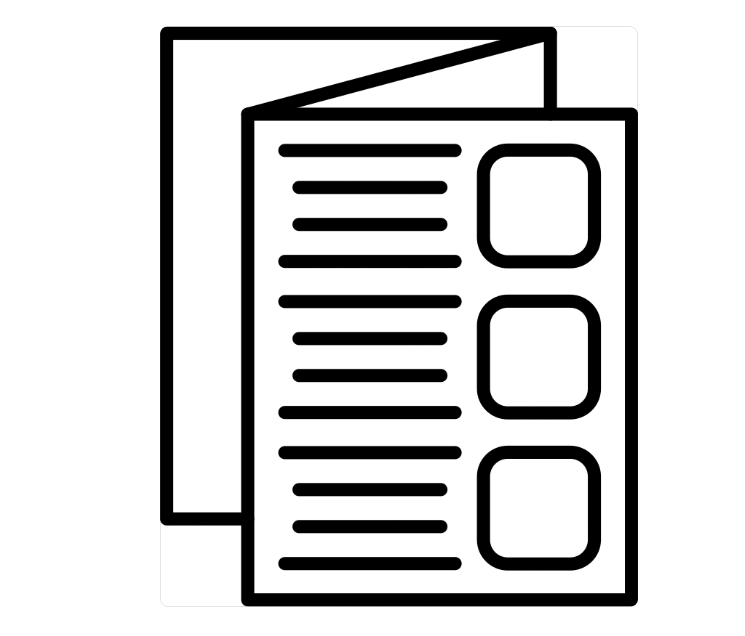IFAN Hot Sale Copper Pipe Fittings
Name: IFAN Copper Pipe Fittings
Brand: IFAN
Category : Click Download
Whatsapp : +86 19884503412</p>
Category : Click Download
Whatsapp : +86 19884503412
Wechat : 19884503412
Description
Introduction to Copper Pipe Fittings
Copper pipe fittings are commonly used in both residential and commercial plumbing systems.
They offer high durability, corrosion resistance, and excellent performance for hot and cold water lines.
To join copper pipe fittings properly, plumbers choose methods based on the system’s needs and design.
Correct joining methods help prevent leaks, corrosion, and costly repairs in the long term.
Understanding the right tools and materials is essential to effective plumbing work.
Soldering: The Traditional Method
Soldering, also known as “sweating,” is the most traditional way to join copper pipe fittings.
This process uses a torch to heat the joint and melt solder into the connection.
Before heating, plumbers apply flux to clean the joint and help solder flow evenly.
Once heated, solder is applied and drawn into the joint by capillary action.
This creates a strong, watertight seal ideal for both hot and cold water systems.
Soldering works well for domestic water lines and low-pressure heating systems.
Press Fittings: A Modern Approach
Press fittings offer a flame-free alternative to traditional soldering methods.
They require a special press tool to crimp copper pipe fittings together.
Each fitting has a rubber sealing ring (O-ring) inside to ensure a leak-proof connection.
This method is faster, cleaner, and safer, especially in commercial or sensitive environments.
Press fittings are ideal for retrofit projects or when working in tight spaces.
They are gaining popularity due to ease of use and minimal downtime.
Compression Fittings for Temporary or Accessible Joints
Compression fittings use a nut and a compression ring (ferrule) to join copper pipes.
These fittings are often used for appliances, shut-off valves, or visible pipework.
To install, plumbers slide the nut and ferrule over the pipe, then tighten the connection.
The tightening compresses the ferrule to form a watertight seal around the pipe.
They are reusable and do not require solder or heat, which is ideal for DIY repairs.
However, compression joints are more prone to leaks if not installed correctly.
Push-Fit Connections: No Tools Required
Push-fit fittings are user-friendly and do not need tools or soldering.
These fittings allow copper pipe fittings to be joined by simply pushing them together.
They include a built-in locking mechanism and an O-ring for sealing.
Push-fit connections are ideal for fast repairs and temporary plumbing solutions.
They are often used in emergency situations or when speed is a priority.
However, they may not be preferred for long-term or concealed installations.
Brazing for High-Pressure Systems
Brazing is similar to soldering but uses higher temperatures and stronger filler metals.
Plumbers use brazing when copper pipe fittings must withstand higher pressures or temperatures.
Brazing uses a filler metal that melts above 450°C, providing extra strength.
This method is commonly used in HVAC and industrial piping systems.
It requires more skill and higher heat resistance but creates stronger, more durable joints.
Brazing is typically avoided in residential settings due to complexity.
Selecting the Right Joining Method
Each joining method has specific advantages depending on the plumbing situation.
Soldering is reliable and well-tested for domestic plumbing needs.
Press fittings are ideal for large-scale or fire-sensitive environments.
Compression and push-fit fittings are suited for visible or serviceable connections.
Brazing offers the highest strength for high-performance applications.
Plumbers often choose methods based on code requirements, budget, and long-term system demands.
For example, a kitchen renovation may use soldered joints, while a hospital system uses press fittings.
Best Practices and Maintenance Considerations
No matter the method, clean and properly prepared pipes are essential for a reliable joint.
Oxidation, dirt, or burrs can compromise the connection between copper pipe fittings.
Use emery cloth or a pipe-cleaning brush before any joining.
For soldered joints, always use lead-free solder for potable water applications.
Test the system for leaks before closing walls or covering pipes.
Even press and push-fit fittings should be checked for full engagement and secure locking.
Proper technique ensures long-lasting performance from copper pipe fittings in any setting.
Conclusion
Plumbers use various techniques to join copper pipe fittings, each suited for different situations.
From traditional soldering to modern press systems, choosing the right method ensures safety and reliability.
Understanding these joining options helps homeowners, engineers, and installers make informed decisions.
相关产品
- PEX Fitting
PEX Compression Fittings Elbow
- PEX Fitting
PEX Pipe Fitting
- PEX Fitting
Brass PEX Compression Fittings
- PEX Fitting
Brass PEX Fittings
HAVE ANY QUERIES? SEND TO CONTACTOANTSMACHINE.COM
ONTACT US


